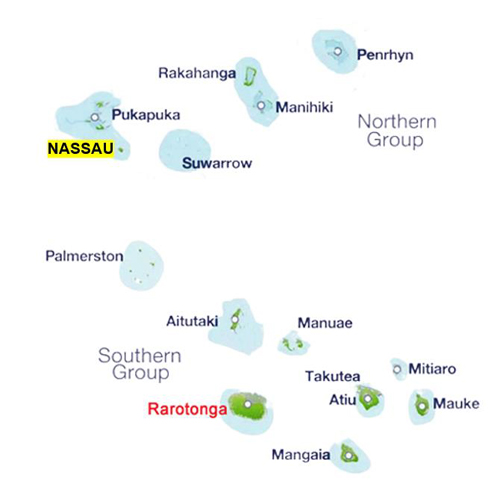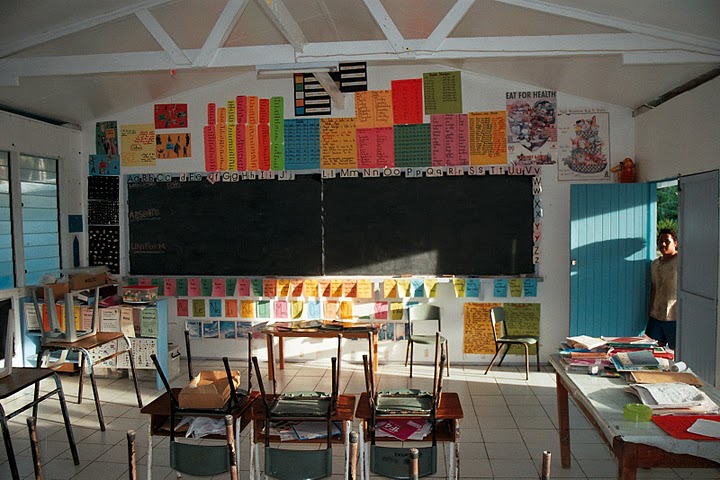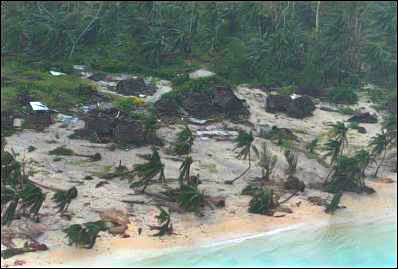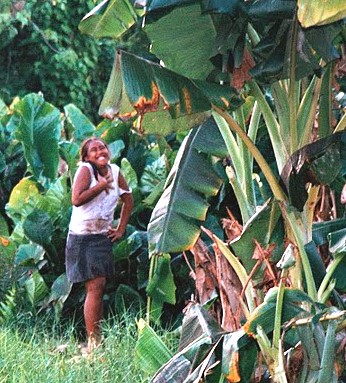
GETTING THERE
There are no commercial air or sea services so your only chance of visiting the island is by getting first to the sister island of Pukapuka and hoping an islander there will take you on their boat. The island is surrounded by a reef flat which is 90 to 130 metres wide (98 to 142 yards) on all but the north side where it's narrower. It's a not an easy journey even though access was improved recently wth a new passage and jetty
WHAT TO EXPECT
Writing in 1994, Elliot Smith, in his “Cook Islands Companion” described
Nassau as “a small garden of Eden”. The land is rich in taro and fruit groves, there's a freshwater spring and fish and shellfish are caught off the reef. The tainted apple in this 'Garden of Eden' is flies. There are thousands of them all year round. And I'm told it's not helped by the fact there are large piles of rubbish which the islanders only bury or burn every month or so






